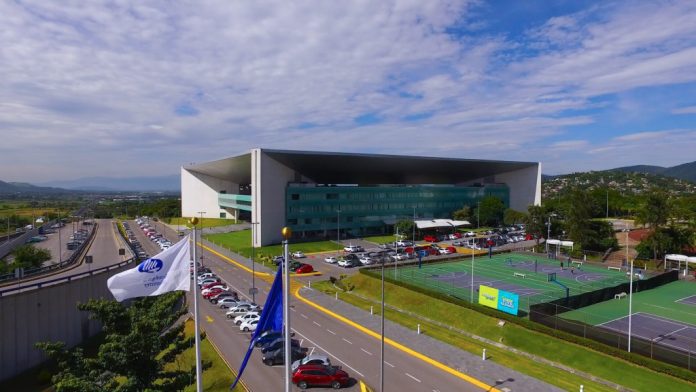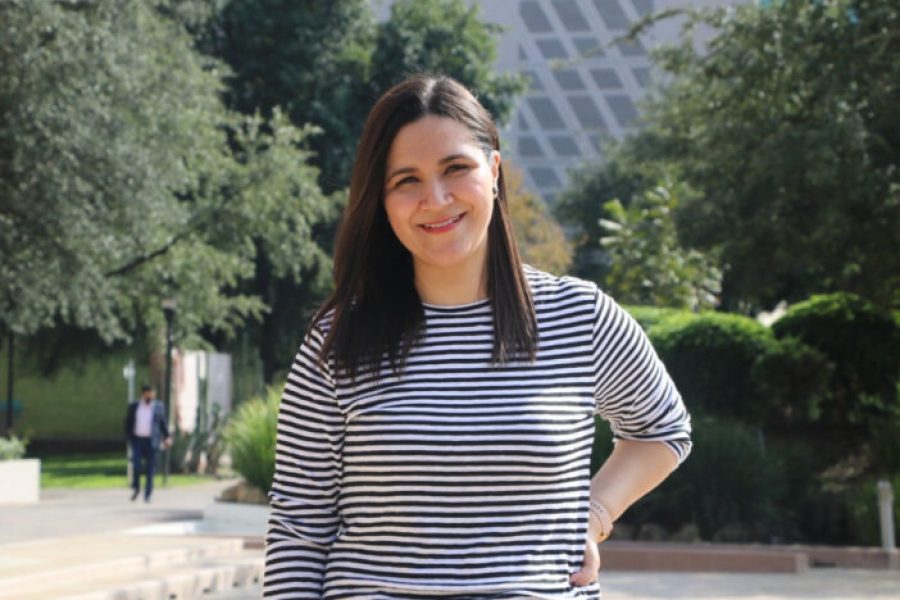The development of algorithms is necessary in various areas, including industry, commerce, technological development, and even education. In fact, Tec de Monterrey research professor Juan Talamás has created a stackable algorithm that seeks to reduce school dropout rates.
A stackable algorithm uses several algorithms at the same time. They are known as “stackable” because they are like boxes placed one on top of the other, thus ensuring that we have a more accurate and comprehensive response. Talamás compares it to seven different people giving you their point of view.
Algorithms to Prevent Students from Dropping Out
In Mexico, 8.5% of higher education students abandoned their studies in the period from 2021 to 2022, according to data from the Mexican National Institute of Statistics and Geography (INEGI, in Spanish).
To find a way to prevent this, Talamás looked at algorithms, the basis of Artificial Intelligence and Machine Learning. These are mathematical models and equations based on patterns that can generate predictive models close to reality, although they may not be completely reliable all the time.
This researcher’s main objective is to convert these prediction models into more efficient tools to help mentors, tutors, and teachers intervene in cases of students dropping out before they happen.
“Two algorithms are better than one” is the central idea of his research, entitled A stacking ensemble machine learning method for early identification of students at risk of dropout, which seeks to use stackable algorithms to improve the reliability of these predictive models.
“If one algorithm is giving you an answer, how reliable is it? However, if you have to decide between seven algorithms, for example, that becomes an advantage. It’s as if you’re ensuring that what it says has different points of view,” explains Talamás.
Two Algorithms are Better than One
One of the hallmarks of this project is its focus on stackable algorithms. Instead of relying solely on one model, Talamás suggests using “model stacking,” in which several algorithmic models contribute to the final prediction.
Talamas explains that this type of technology is used in various applications, such as suggesting content that users might be interested in on video and music streaming platforms or even evaluating credit risk in the financial sector, based on several stacked algorithms.
This can significantly increase the reliability of the predictions made and be more precise in detecting risks of students dropping out.
Another advantage of these algorithms is that they require a smaller amount of data compared with other models, which makes it a more accessible option for educational institutions, especially those that have already collected data from their students, such as Tec de Monterrey’s Data Science Core Lab.
“For example, it’s enough for me to have information from two or three semesters. Almost any institution in the world has that much information,” says the researcher.
The Application of Algorithms to Prevent Students from Dropping Out
The Talamás project is in the implementation and validation phase at Tec de Monterrey’s Chihuahua Campus, where the researcher is also a professor.
He explains that once it has been validated, he intends for it to become a pilot program that can be applied not only at the Tec but at different universities.
To do so, he has been working on a cost-benefit analysis for the program. He says that because these algorithms require little data and the benefit is that it prevents students from dropping out, a strategy can be generated that is attractive to institutions, educational institutions, and society in general.
“It would be ideal to have a system that identifies whether a student is having problems at school in the first semesters, whether they have a lot of work, whether they have financial problems, or that they are not interacting with their classmates and environments, and in some way intervene and help them continue their studies,” he points out.















